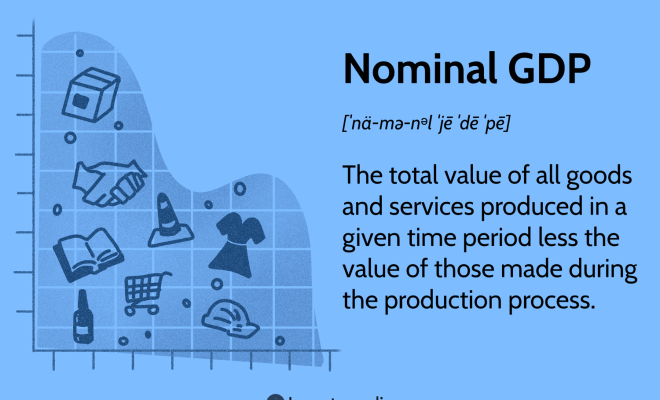How to Calculate ABV: A Comprehensive Guide

Introduction
Alcohol by Volume (ABV) is a standard measurement used to determine the alcoholic content of a beverage. It is expressed as a percentage of the total volume of liquid that is pure alcohol. For beer, wine, and spirits enthusiasts, understanding how to calculate ABV can give you insights into the brewing process and help you make informed decisions when enjoying your favorite beverages.
In this article, we will discuss how to calculate ABV, the factors that affect ABV, and how it impacts the overall flavor and characteristics of alcoholic beverages.
Factors Affecting ABV Calculations
1. Original Gravity (OG): This is the specific gravity or density of the liquid before fermentation begins. It indicates the amount of dissolved sugar available for fermentation.
2. Final Gravity (FG): This is the specific gravity or density of the finished product after fermentation is complete. The difference between the original and final gravity represents the conversion of sugar into alcohol.
3. Fermentation Efficiency: The efficiency with which yeast converts sugar into alcohol affects ABV calculations. Different strains of yeast have varying levels of efficiency.
Calculating ABV Using Specific Gravity
To determine ABV using specific gravity, follow these steps:
1. Measure the original gravity (OG) of your liquid before fermentation.
2. Measure the final gravity (FG) after fermentation.
3. Subtract FG from OG to find the difference in specific gravity.
4. Multiply this difference by 131.25 (a constant factor) to obtain your beverage’s alcohol by volume percentage.
Formula: ABV (%) = (OG – FG) x 131.25
Example Calculation:
Let’s say you are making a batch of beer with an original gravity of 1.060 and a final gravity of 1.010.
ABV (%) = (1.060 – 1.010) x 131.25
ABV (%) = 0.050 x 131.25
ABV (%) = 6.56
According to your calculations, your beer’s alcohol by volume is 6.56%.
Note: The factor of 131.25 may vary slightly depending on the source, but it is generally accepted as a good approximation for ABV calculations.
In Conclusion
Calculating the Alcohol by Volume (ABV) of your favorite beer, wine, or spirit can be informative and even fascinating. Understanding this process can enhance your appreciation for the art of brewing and help you make more educated choices when enjoying a delicious alcoholic beverage. The next time you raise a glass, take a moment to consider the craftsmanship behind every sip, informed by your newfound knowledge of ABV calculations. Cheers!






